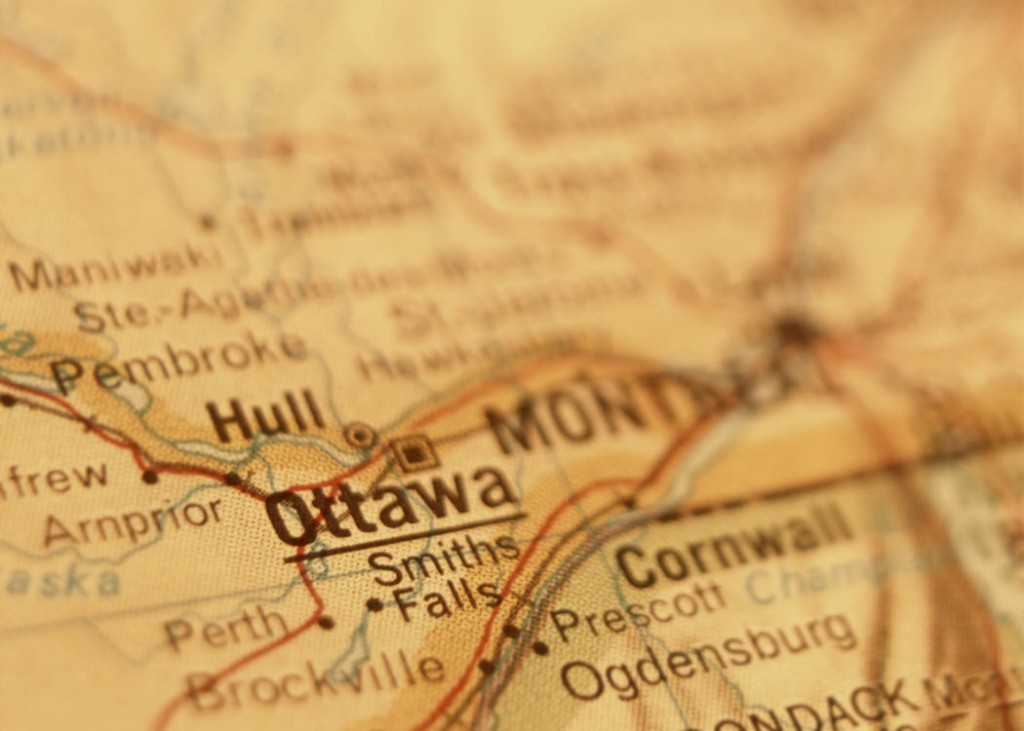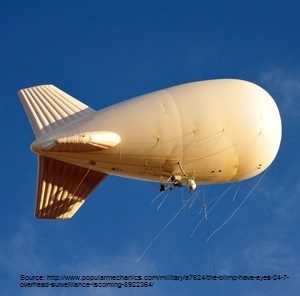Evolving Education, Geography, Geomatics & going beyond “What is the Capital of?” in Canada
When I was in high school I developed an interest in geography as a field of study and perhaps a vocation. However, this all started a lot earlier than that. When I was a child, one of my favourite past times was doodling make believe nations, mapping them, capitals included. Overtime a series of questions arose from this interest and source of joy. Such as is this useful, and can I make myself something out of this? Later in life, when I began my university career, I realized I had to follow my passion and transferred from Nursing to Geographic Analysis at Ryerson University. Today I can safely say I have no regrets. With that said, why did it take so long for me to accept a field of study that arguably I may have been destined to be a part of right from the start?
The answer is the perspective of what geography was in my days before university, and the perspective of society. The idea of geography to most can be summarized into the common question of, “What is the capital of?”, tree huggers and with all due respect, the traditional, theoretical, liberal arts version of geography. Everyone has heard it, “a major in the humanities and social sciences…” followed by an unpleasant chatter. Yet the delivery of education in the arts is changing and industries are not exactly being discovered, but being uncovered when they were there along, developing in its history.
Geomatics, encompassing cartography, geographic information systems, remote sensing, surveying and other areas and skills I have yet to discover for myself, can help answer the childlike questions of why geography matters. A map is more than something pretty, where we usually search for the “you are here” label. We can see the problems with sufficient data. How the problems of today have grown up from the past, and how that trend may look in the future without intervention. Both an art and science, the youth need to realize they are capable of knowing not only where things are, but certainly can change where things are going.
Chances are there’s an advocate of “liberal art geography” grinding their teeth right about now. Urban studies, global studies and the great realm of social geography among the theories are valid areas to do research. Students should be passionate to study that as well, but I think with changing times they need to complement it with the hands-on, quantitative, tech savvy side of things. I advocate for “the great Geo balance”.
Points, lines, and polygons can direct health care to those in need. Satellite imagery can inform rescue teams of the dangers ahead. Important when entering an area heavily damaged by natural disaster. What our infographics have are tremendous stories, simple messages, and even warnings.
Now the majority reading this may question, as to why this mere student of geography is writing a piece that states and glorifies, what you already know. The fact of the matter is, we are quite hidden. Unless that high school has the luck of having a geomatics course, the side of geography which screams, here is how I am applicable and can contribute. We may never be realized to the future professionals of our industry.
However, there is the issue of teachers who haven’t had a decent education in our field of study, educating the next generation on geography. Does this mean my knowledge and skill in geomatics would have been improved or compromised thanks to not having a geomatics course in high school? We’ll never know. Now in university I see GIS as the next level, a step above my childish doodling that I needed to learn. There is also the other argument that geography is one thing and geomatics, geospatial, geoinformatics or whatever our identity crisis of an industry is called, is something else. We may be more technological and have another page of terminology, but it would be unreasonable to declare we are unrelated and separate.
In order for schools prior to post-secondary to deliver a well-balanced education of geography and geomatics, there needs to be specialization of those teaching. Knowing the industry, the possible careers and more importantly the hands-on material such as the software of GIS can change perspectives. Having early introductions to geomatics, even to children still attending elementary school, is fantastic exposure for young willing minds. Times are changing and single digit graders are actually quite capable and curious to learn data and technology. Spatial literacy and practical implications can be considered cool.
At the end of the day, knowing the capital of a country can be great for beginners. Like any field of study, there needs to be advancement and a well-rounded evolution of the subject, like mathematics. The message for the young and young at heart is to keep exploring the world through geomatics. If you want to study geography and want to change the world, this industry offers the tools. As for the already declared experts of this and professionals of that, please speak up. You don’t have to be that humble and secretive of what you do. There are those who find you interesting and whether others want to know or not, you can prove we matter.
I think we need more role models. If you need me I’ll be doodling.







